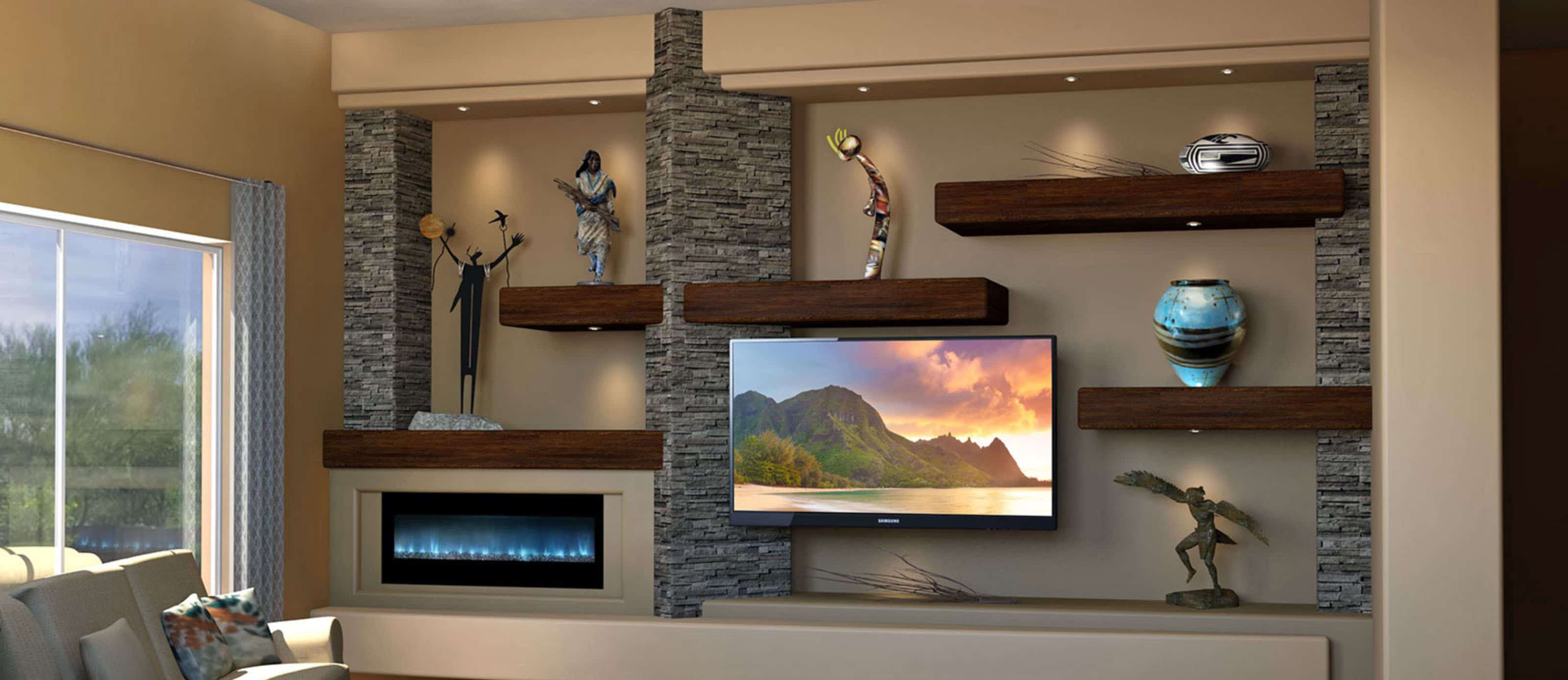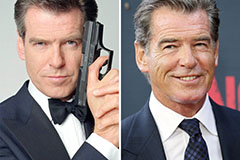The initial step in successful surveillance camera installation is to locate vulnerable areas within the retail space. These locations typically include entrances and exits, checkout counters, and sections where expensive items are showcased. By placing surveillance devices in these locations, retailers can observe customer actions and detect questionable activities. Additionally, surveillance systems at entry points can capture footage of individuals entering and leaving the store, which is crucial for recognizing possible shoplifters. This proactive approach aids in reducing theft and guaranteeing a safe environment.
Another important factor is the kind of camera used in the retail space. Different cameras fulfill distinct functions. For example, dome cameras are often used for internal monitoring because they are more noticeable and can cover a wide area. On the other hand, bullet-style surveillance cameras are best for external use, as they are more visible and can deter illegal activity. Retailers should assess their specific needs and select the suitable surveillance device models to ensure comprehensive coverage of the store.

Along with surveillance camera models, the position and height at which cameras are mounted look what i found have a significant role in their effectiveness. Surveillance devices should be set at a level that allows for unobstructed viewing of faces and activities without being easily manipulated with. A typical suggestion is to install surveillance devices at least 8 to 10 feet off the ground. Additionally, surveillance devices should be tilted to cover as much space as feasible while preventing blind spots. This strategic installation guarantees that all zones of the retail space are observed, offering a complete view of shopper engagements and potential security risks.
Ultimately, it is essential for retailers to consistently assess and maintain their surveillance equipment. This includes inspecting camera functionality, confirming that footage are clear, and updating programs as required. Regular maintenance aids to avoid technical problems that could jeopardize security. Additionally, retailers should review recordings regularly to identify patterns in shopper behavior and potential safety threats. By staying vigilant and mindful to their surveillance systems, store owners can create a safer retail atmosphere and safeguard their assets effectively.
 Judd Nelson Then & Now!
Judd Nelson Then & Now! Molly Ringwald Then & Now!
Molly Ringwald Then & Now! Burke Ramsey Then & Now!
Burke Ramsey Then & Now! Pierce Brosnan Then & Now!
Pierce Brosnan Then & Now! Megyn Kelly Then & Now!
Megyn Kelly Then & Now!